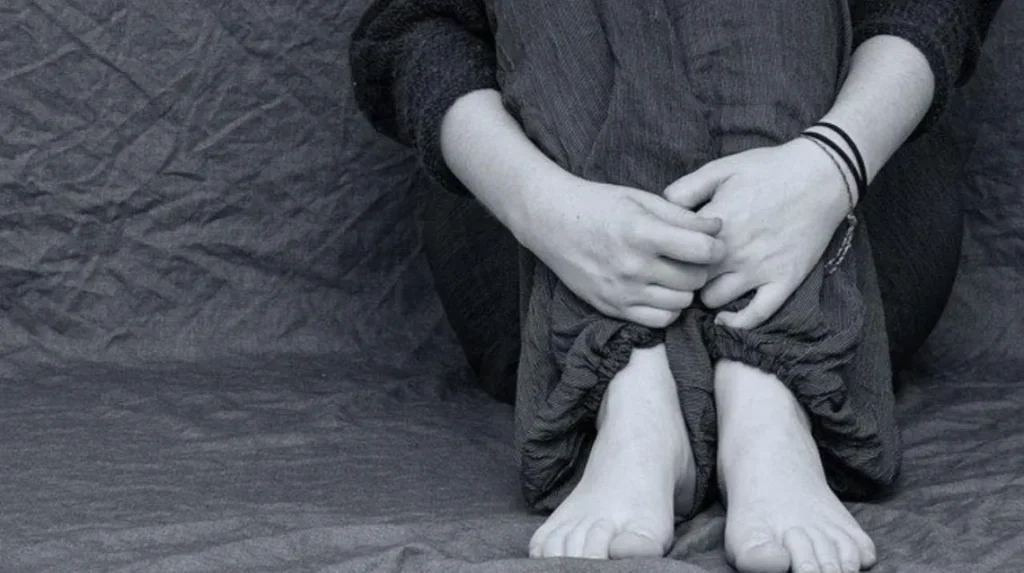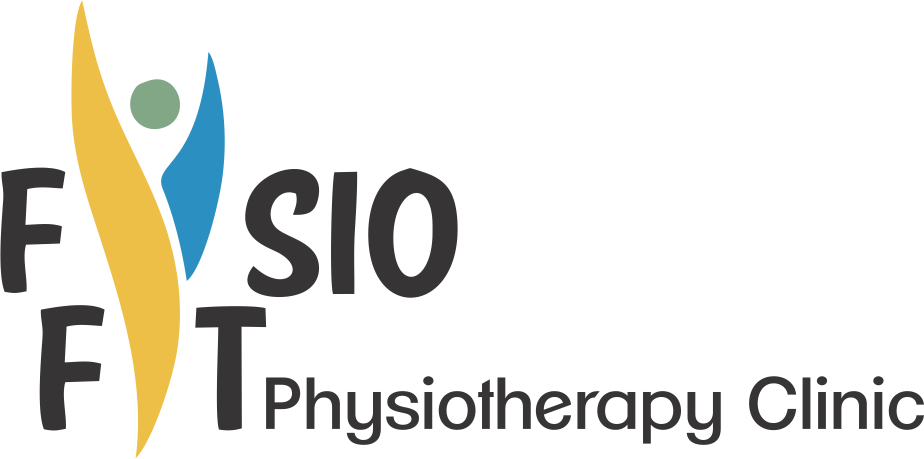
Panic attacks are sudden periods of intense fear that may include palpitations, sweating, shaking, shortness of breath, numbness, or a feeling that something bad is going to happen. The maximum degree of symptoms occurs within minutes. Typically they last for about 30 minutes but the duration can vary from seconds to hours. There may be a fear of losing control or chest pain.
It may also present with Hot flushes, Abdominal pain, Cramping, Chest pain, Headache, Dizziness, lightheadedness or faintness, Numbness or tingling sensation, feeling of unreality or detachment one of the worst things about panic attacks is the intense fear that you’ll have another one. You may fear having panic attacks so much that you avoid certain situations where they may occur. Panic attacks, while intensely uncomfortable, are not dangerous. But panic attacks are hard to manage on your own, and they may get worse without treatment
SELF–TREATMENT:
Avoid caffeine, nicotine, alcohol, and recreational drugs that may help relieve fear and anxiety. Getting regular sleep and exercise, and practicing relaxation techniques such as deep breathing and yoga may also help.
Helping Someone During a Panic Attack
#Stay with the person and keep calm.
#Offer medicine if the person usually takes it during an attack.
#Don’t make assumptions about what the person needs. Ask.
#Speak to the person in short and simple sentences.
#Help slow the person’s breathing by breathing with him or her or by counting slowly to 10.
Ways to stop a panic attack:
Breathing exercise for panic attacks breathe in as slowly, deeply, and gently as you can, through your nose. breath out slowly, deeply, and gently through your mouth. Some people find it helpful to count steadily from one to five on each in-breath and each out-breath. close your eyes and focus on your breathing.
When to see a doctor if you have panic attack symptoms seek medical help as soon as possible. Panic attacks, while intensely uncomfortable, are not dangerous. But panic attacks are hard to manage on your own, and they may get worse without treatment
Factors that may increase the risk of developing panic attacks or panic disorder include:
- Family history of panic attacks or panic disorder.
- Major life stress, such as the death or serious illness of a loved one.
- Traumatic events, such as sexual assault or a serious accident.
- Major changes in your life, such as a divorce or the addition of a baby.
- Smoking or excessive caffeine intake.
- History of childhood physical or sexual abuse
- ComplicationsLeft untreated.
Panic attacks and panic disorder can affect almost every area of your life. You may be so afraid of having more panic attacks that you live in a constant state of fear, ruining your quality of life.
Complications that panic attacks may cause or be linked to include:
- Development of specific phobias, such as fear of driving or leaving your home.
- Frequent medical care for health concerns and other medical conditions.
- Avoidance of social situations problems at work or school.
- Depression, anxiety disorders, and another psychiatric disorder.
- Increased risk of suicide or suicidal thoughts.
- Alcohol or another substance misuse.
- Financial problems for some people.
- Panic disorder may include agoraphobia — avoiding places or situations that cause you anxiety because you fear being unable to escape or get help if you have a panic attack. Or you may become reliant on others to be with you to leave your home.
Prevention: There’s no sure way to prevent panic attacks or panic disorder. However, these recommendations may help. Get treatment for panic attacks as soon as possible to help stop them from getting worse or becoming more frequent. Stick with your treatment plan to help prevent relapses or worsening of panic attack symptoms. Get regular physical activity, which may play a role in protecting against anxiety.
